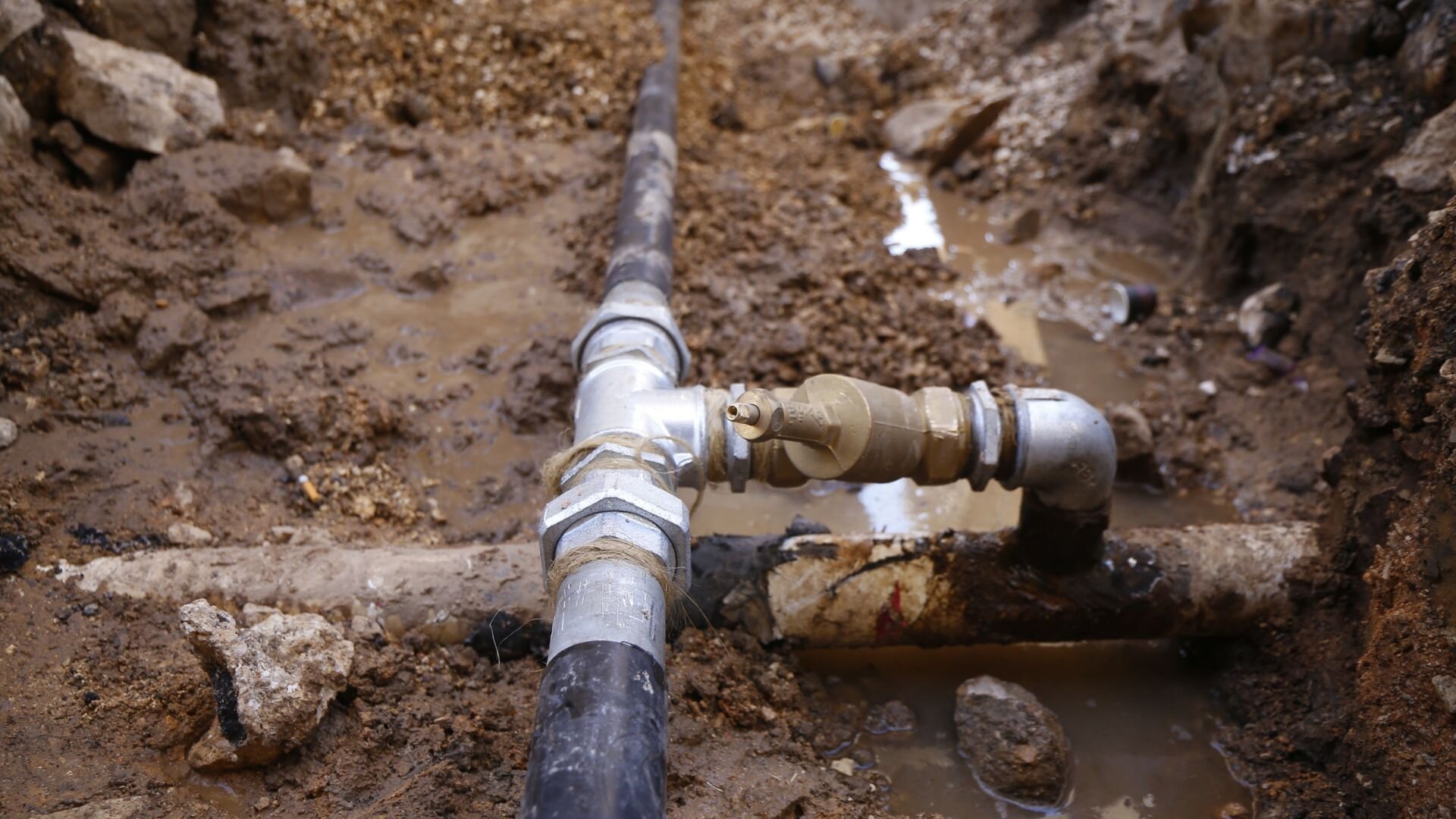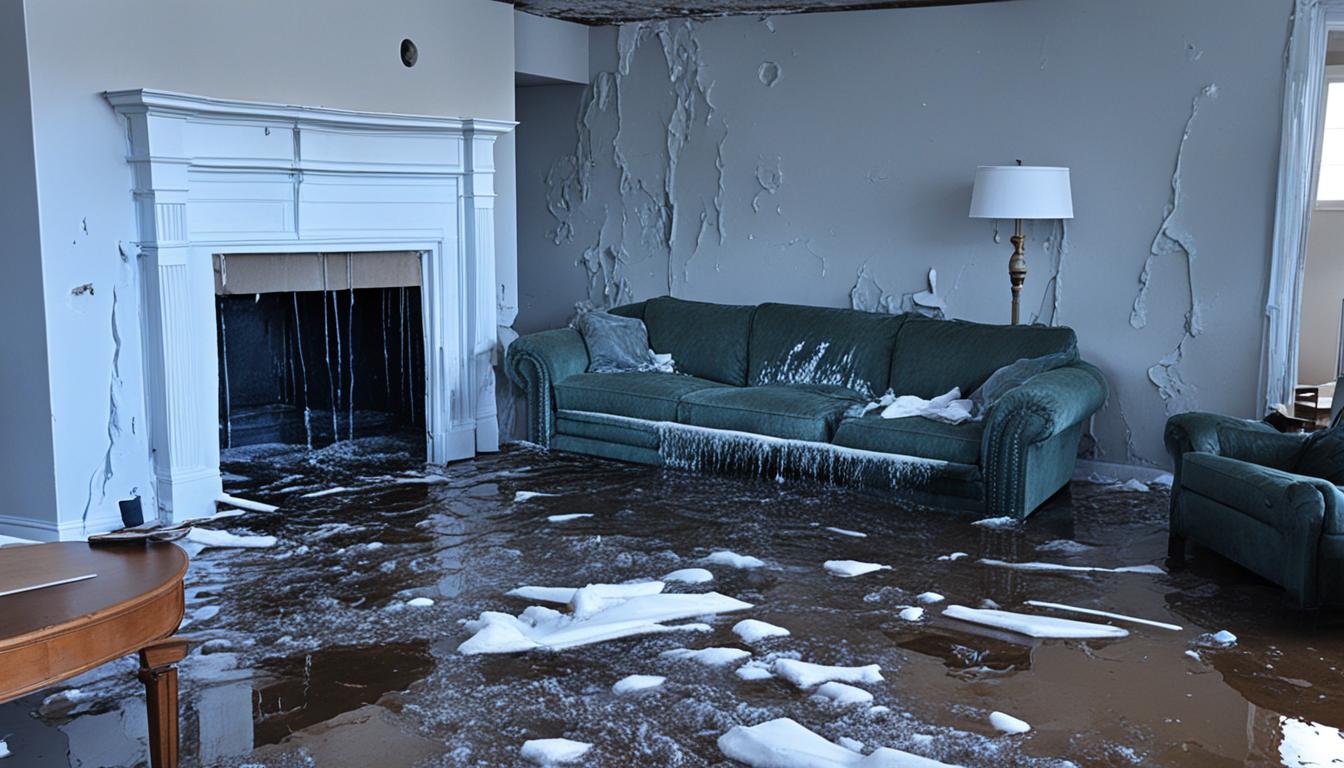Preventing a Burst Pipe: Tips for Protecting Your Plumbing During Winter
Preventing a Burst Pipe: Tips for Protecting Your Plumbing During Winter
Blog Article
Avoiding Ruptured Pipeline: Vital Tips to Shield Your Plumbing
Stopping ruptured pipes is an important worry for property owners, especially during colder months when the risk of cold is enhanced. Applying critical procedures such as correct insulation, regular examinations, and preserving constant indoor temperatures can significantly reduce the possibility of pipeline failure.
Understand Pipeline Vulnerabilities
Recognizing pipeline susceptabilities is essential for effective plumbing upkeep and avoiding costly damages. A number of aspects add to the vulnerability of pipelines to bursts, including product make-up, age, and environmental problems. Older pipelines, particularly those made from galvanized steel or polybutylene, commonly degrade in time, resulting in enhanced threat of ruptures and leaks.
Temperature level variations can also considerably effect pipeline stability. In cooler environments, water caught in pipelines can ice up, applying and increasing stress on the pipe walls, which may inevitably lead to a ruptured. High water pressure can stress pipes, particularly at bends and joints, heightening the chance of failing.

Insulate Water Lines Correctly
Proper insulation of pipes is crucial for preventing cold and succeeding bursts throughout winter (burst pipe). Protecting your pipes system successfully safeguards versus temperature level drops that can lead to pricey damage. Begin by determining at risk areas where pipes are subjected to outdoor temperature levels, such as cellars, attic rooms, and exterior walls
Usage foam pipe insulation sleeves or wrap insulation tape around these locations to provide a safety barrier. Ensure that all areas of the pipelines, specifically those with minimal heat exposure, get sufficient insulation. Pay special focus to fittings and joints, as these are extra vulnerable to cold.
When shielding, it's vital to select products that meet local building ordinance and are ideal for the specific environment. As an example, fiberglass insulation is typically suggested for its thermal resistance buildings - burst pipe. Additionally, think about making use of warm cable televisions or tape in severe problems, which can be plugged in to give supplementary warm
On a regular basis check shielded pipes for any type of indicators of wear or damage, as endangered insulation can decrease its efficiency. By taking these aggressive steps, you considerably reduce the risk of pipe ruptureds, ensuring a dependable pipes system throughout the winter months.
Maintain Regular Temperature
A stable interior temperature level is essential for stopping ruptured pipes throughout the freezing months. When home temperature levels decline, water within pipes can freeze, broadening and creating pressure that might ultimately create the pipes to burst. To reduce this threat, home owners must keep a regular temperature throughout their home, ideally no lower than 55 ° F(13 ° C)Making use of a programmable thermostat can assist handle interior temperature levels efficiently, guaranteeing that areas with pipes stay warm also when the house is vacant. Pay unique interest to locations that are extra vulnerable to cold, such as basements, garages, and attics. Keeping cupboard doors open under sinks can additionally enable warmer air from the home to flow around plumbing.
This small circulation of water can prevent cold by relieving stress within the pipes. By applying these techniques, house owners can substantially reduce the danger of pipeline ruptureds and secure their plumbing systems against the severe winter components.
On A Regular Basis Inspect Pipes
Regular assessments of pipes systems are vital for avoiding burst pipelines and maintaining general home stability. Routine checks allow homeowners to determine possible problems prior to they intensify into expensive repair work or significant water damage. During these evaluations, it is important to check out noticeable pipes for indicators of corrosion, leaks, or wear. Pay unique focus to locations vulnerable to freezing, such as cellars, attic rooms, and outside walls.
Furthermore, inspecting joints and links is essential, try these out as these points are typically prone to leakages. House owners must likewise assess water stress degrees, as excessive stress can stress the plumbing system and increase the danger of pipe bursts.
Take into consideration organizing expert pipes evaluations at the very least when a year, particularly before wintertime, to guarantee your system is prepared for colder temperatures. By being positive in your method, you can guard your home against the turbulent and expensive consequences of burst pipelines.
Know Emergency Situation Treatments
Understanding emergency situation treatments is important for every homeowner, especially after performing normal pipes assessments. Being prepared for a plumbing emergency can significantly alleviate damage and save prices.
Next, keep vital tools helpful. A pipes emergency kit ought to consist of a wrench, plunger, and towels, as well as a flashlight and a bucket for small leakages. Additionally, consider having the call information for a relied on plumber easily available, must the situation intensify past your control.
If you discover a leakage or ruptured pipe, right away switch off the water system and notify your plumbing. Moreover, document the damage with photographs for insurance policy objectives. burst pipe. Recognize the indicators of potential plumbing issues, such as uncommon water stress variations or damp places on wall surfaces
Ultimately, proactive understanding and swift activity are vital in handling plumbing emergencies, guaranteeing your home stays protected and minimizing potential damages.

Final Thought
Finally, preventing burst pipelines requires a multifaceted approach that includes understanding pipeline vulnerabilities, appropriate insulation, preserving consistent interior temperature levels, regular evaluations, and expertise of emergency situation procedures. By implementing these crucial methods, the threat of pipes failures can be substantially reduced, consequently guaranteeing the longevity and performance of the plumbing system. Proactive measures not only secure versus potential damages yet likewise add to overall water preservation and the defense of residential or commercial property.
In colder environments, water entraped in website link pipelines can ice up, broadening and putting in pressure on the pipeline walls, which might eventually lead to a ruptured. When temperatures decline, water within pipelines can freeze, increasing and developing stress that might eventually cause the pipes to ruptured. By carrying out these approaches, property owners can significantly lower the threat of pipe ruptureds and secure their pipes systems against the severe winter elements.

Report this page